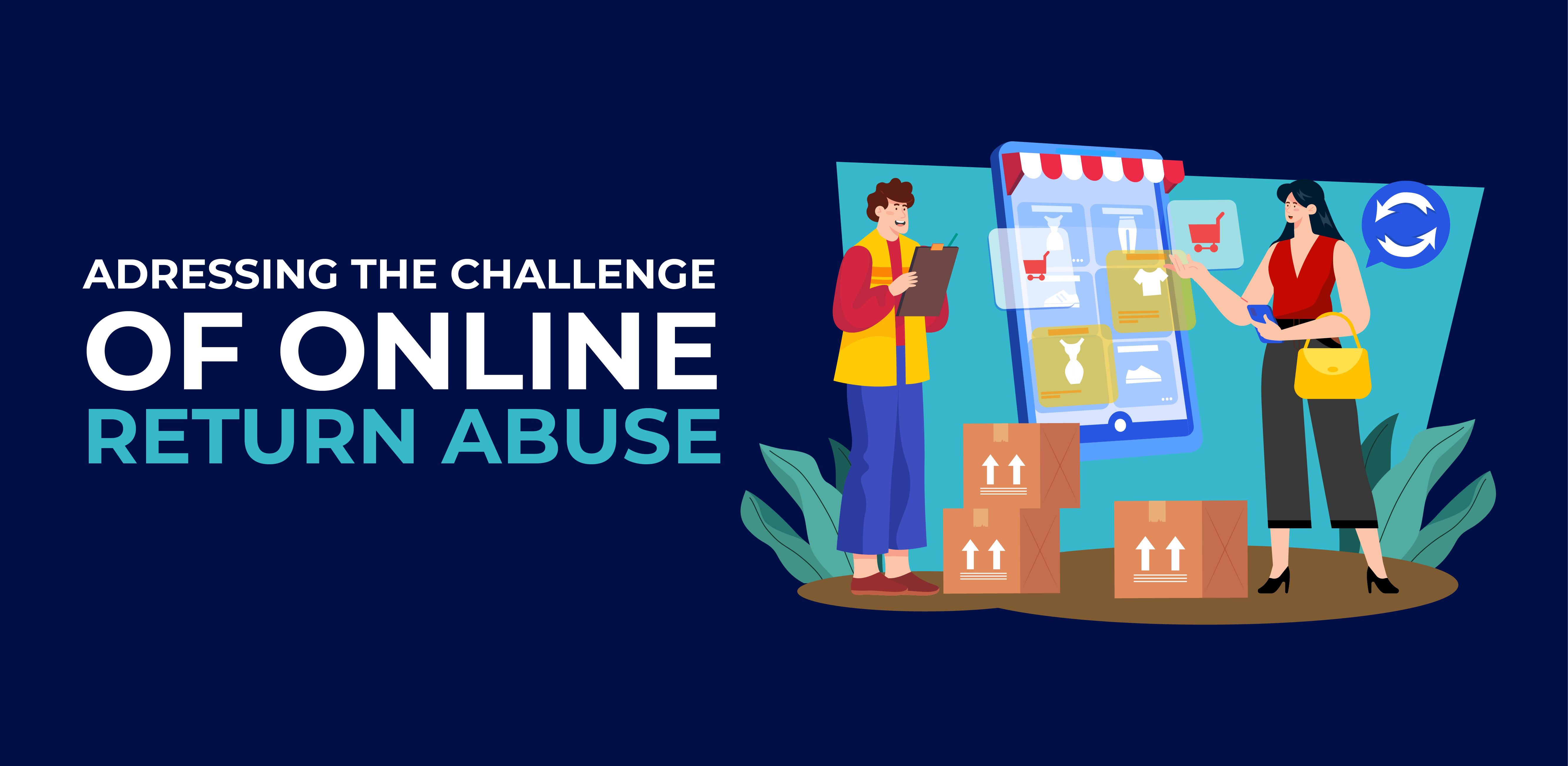
Addressing the Challenge of Online Return Abuse
Online return abuse has emerged as a significant challenge for retailers, necessitating a reevaluation of return policies and strategies to mitigate financial losses while maintaining customer satisfaction. This issue, characterized by the exploitation of return policies through fraudulent or excessive returns, has prompted a closer look at how businesses can adapt their approaches to safeguard against abuse without compromising the quality of service offered to genuine customers.
The Impact of Return Abuse
Return abuse not only affects a retailer’s bottom line through direct financial losses but also incurs additional costs related to processing returns, restocking items, and potential loss of resale value. This abuse can take various forms, including wardrobing (returning used items), bracketing (ordering multiple sizes or colors with the intent to return most of the purchase), and fraudulent returns. Such practices strain resources and can lead to increased prices for consumers and stricter return policies, potentially harming the customer experience.
Strategies for Mitigating Return Abuse
To combat return abuse effectively, retailers are exploring a variety of strategies that balance the need to deter fraudulent activities with the desire to offer a seamless shopping experience for honest customers. These strategies include:
Enhanced Review of Return Patterns: By analyzing customer return patterns, retailers can identify and address suspicious behavior without impacting genuine customers. This involves leveraging data analytics to spot trends and anomalies in return activities.
Customization of Return Policies: Tailoring return policies to reflect the nature of the product, the behavior of the customer segment, or the history of individual customers can help minimize abuse. For example, items with higher abuse potential may have stricter return conditions.
Clear Communication of Return Policies: Ensuring that return policies are transparent, easily accessible, and clearly communicated can help set customer expectations and reduce the likelihood of abuse. This includes detailing the conditions under which returns are accepted and any restocking fees or penalties for abuse.
Use of Technology and Fraud Prevention Tools: Implementing advanced technology solutions and fraud prevention tools can help retailers detect and prevent return abuse. This might include systems that track and analyze return patterns or verify the condition of items being returned.
Engagement and Education of Customers: Educating customers about the impact of return abuse on prices and sustainability can encourage more responsible behavior. Retailers can engage customers through marketing communications and loyalty programs to foster a community of trust and mutual respect.
As online shopping continues to grow, addressing return abuse becomes increasingly critical for retailers aiming to protect their profits while ensuring a positive customer experience. Incorporating continuous post-payment analysis is key to detecting changes in behavior not identified before or during the checkout process. By monitoring indicators such as changes in customer communication through support channels, expressing negative sentiments, or visits to the return policy page after making a payment, retailers can identify strong signs that warrant attention. Adopting a multifaceted approach that includes this level of detailed analysis, alongside data analytics, customized policies, clear communication, technological solutions, and customer engagement, allows retailers to tackle return abuse effectively. This comprehensive strategy not only safeguards the retailer’s interests but also promotes a healthier, more sustainable shopping environment for all stakeholders.




